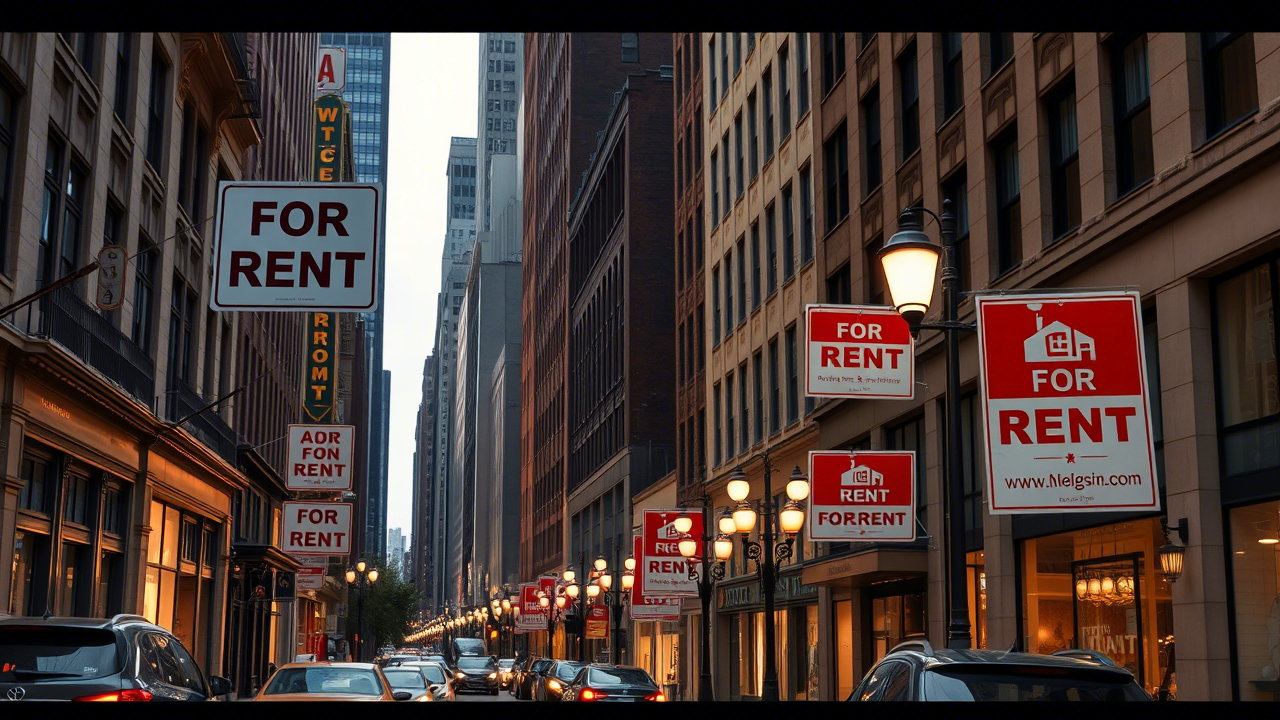
Investing in rental properties is one of the most reliable ways to build long-term wealth and generate passive income. Whether you’re a first-time investor or a seasoned pro, understanding the ins and outs of [Buying rental properties] can help you maximize returns while minimizing risks.
This comprehensive guide covers everything from [Real estate investment] strategies to [Rental property financing], [Property management], and [Tenant screening process]. By the end, you’ll have actionable insights to make informed decisions and achieve financial freedom through [Passive income through real estate].
Why Invest in Rental Properties?
Before diving into [Buying rental properties], it’s crucial to understand why this investment strategy stands out:
✅ Steady Cash Flow – Monthly rental income provides consistent [Cash flow from rentals].
✅ Appreciation Potential – Properties tend to increase in value over time.
✅ Tax Benefits – Deductions on mortgage interest, depreciation, and maintenance.
✅ Hedge Against Inflation – Rental income and property values rise with inflation.
✅ Leverage – Use financing to control a high-value asset with a small down payment.
Step 1: Setting Your Investment Goals
Before [Buying rental properties], define your objectives:
- Short-Term vs. Long-Term – Are you looking for quick [Fix-and-flip vs rental properties] profits or [Long-term real estate investment]?
- Cash Flow vs. Appreciation – Do you prioritize monthly income or future resale value?
- Type of Property – Single-family, [Multi-family rental properties], or [Commercial rental properties]?
Pro Tip: Use the 1% Rule – A property should rent for at least 1% of its purchase price to ensure profitability.
Step 2: Conducting a Real Estate Market Analysis
A thorough [Real estate market analysis] helps identify the best locations for [Buying rental properties]. Key factors include:
✔ Job Growth – Strong employment markets attract renters.
✔ Population Trends – Growing areas ensure demand.
✔ Rental Yields – Compare median rents to property prices.
✔ Local Regulations – Some cities have rent control or strict landlord laws.
Example: Cities like Austin, TX, and Raleigh, NC, have high rental demand due to tech job growth.
Step 3: Financing Your Rental Property
Unless you’re paying cash, [Rental property financing] is essential. Common options:
- Conventional Loans – 20-25% down payment required.
- FHA Loans – Lower down payments (3.5%) but only for owner-occupied properties.
- Portfolio Loans – Offered by local banks with flexible terms.
- Hard Money Loans – Short-term, high-interest loans for [Fix-and-flip vs rental properties].
Pro Tip: House hacking (living in one unit while renting others) can qualify you for lower down payment loans.
Step 4: Evaluating Property Value
A smart [Property valuation] ensures you don’t overpay. Key metrics:
📊 Cap Rate = (Net Operating Income / Purchase Price) × 100
📊 Cash-on-Cash Return = (Annual Cash Flow / Total Cash Invested) × 100
📊 Gross Rent Multiplier (GRM) = Purchase Price / Annual Gross Rent
Step 5: Finding the Right Property
Not all [Buy-to-let properties] are equal. Consider:
🔹 Single-Family Homes – Easier to manage, lower tenant turnover.
🔹 Multi-Family Units – Higher cash flow, economies of scale.
🔹 Commercial Properties – Longer leases but higher entry costs.
Hot Market Tip: Emerging neighborhoods often offer better [ROI on rental properties] than saturated markets.
Step 6: The Tenant Screening Process
Bad tenants can ruin your [Cash flow from rentals]. Follow a strict [Tenant screening process]:
✅ Credit Check – Minimum 650+ score.
✅ Income Verification – Rent should be ≤ 30% of their income.
✅ Background Check – Look for evictions or criminal history.
✅ References – Previous landlords can reveal red flags.
Pro Tip: Use platforms like Zillow Rental Manager or My Smart Move for automated screenings.
Step 7: Managing Your Rental Property
Solid [Property management] ensures long-term success. Options:
- Self-Management – Saves money but requires time.
- Hiring a Property Manager – Costs 8-12% of rent but reduces hassle.
Key Duties:
✔ Rent collection
✔ Maintenance coordination
✔ Lease enforcement
Step 8: Maximizing Rental Income Potential
Boost [Rental income potential] with these strategies:
💰 Rent Increases – Adjust annually based on market rates.
💰 Add Value – Upgrade kitchens, laundry facilities, or smart home features.
💰 Offer Rent-to-Own – Attract long-term tenants with [Rent-to-own property deals].
Case Study: Adding washer/dryer units increased one landlord’s rent by $150/month.
Step 9: Understanding Tax Benefits
[Rental property tax benefits] can significantly reduce your taxable income:
✔ Depreciation – Deduct property value over 27.5 years.
✔ Mortgage Interest Deduction – Write off loan interest.
✔ Repairs & Maintenance – Immediate deductions.
Pro Tip: Hire a CPA specializing in real estate to maximize deductions.
Step 10: Exit Strategies
Even the best [Real estate investment] may need an exit plan:
🔹 Sell for Profit – Capitalize on appreciation.
🔹 1031 Exchange – Defer taxes by reinvesting in another property.
🔹 Refinance – Pull out equity for new investments.
Final Thoughts
[Buying rental properties] remains one of the best ways to build wealth. By following this guide—from [Location analysis for rentals] to [Landlord responsibilities]—you’ll minimize risks and maximize returns.
Ready to start? Research your market, secure financing, and take action today!
FAQs
Q: How much money do I need to start?
A: Typically 20-25% down, but house hacking or partnerships can reduce costs.
Q: What’s the biggest mistake new investors make?
A: Underestimating expenses like repairs, vacancies, and property taxes.
Q: Are commercial rentals better than residential?
A: They offer longer leases but require more capital and expertise.
By implementing these [Investment property strategies], you’ll be well on your way to financial freedom through [Buying rental properties].



